Attention researchers! New Innovation Proof-of-Concept Grant available from Research Manitoba
Research Manitoba has launched a new Innovation Proof-of-Concept Grant that aims to strengthen Manitoba-based research innovation and development projects by filling a funding gap in the Manitoba innovation ecosystem. Through two independent streams, this program provides support for innovation and commercialization research that is not otherwise accessible. This program helps fund activities directly related to process validation and proof-of-concept research. The program is targeted towards research in: Bioscience, ICT, Advanced Manufacturing, and Infrastructure and Transportation Industries and Technologies.
The two funding streams are:
Stream 1: Manitoba-Based Consortium supports local collaboration that is addressing a company specific discovery or innovation towards market usability. This stream allows academics to use their world-class knowledge, facilities, and highly qualified personnel (HQP) to close the knowledge gaps identified during the industry partner’s innovation development.
Stream 2: Manitoba Post-Secondary Researchers supports the advancement of discoveries or innovations within an academic setting, which may result in products or technologies, towards market usability.
More information on the grant can be found in the Program Guide or on the Research Manitoba Innovation and Strategic Partnerships website. The application form is also now available on Research Manitoba’s Grants Management System (GMS). The 2020 competition will be open until March 31, 2021.
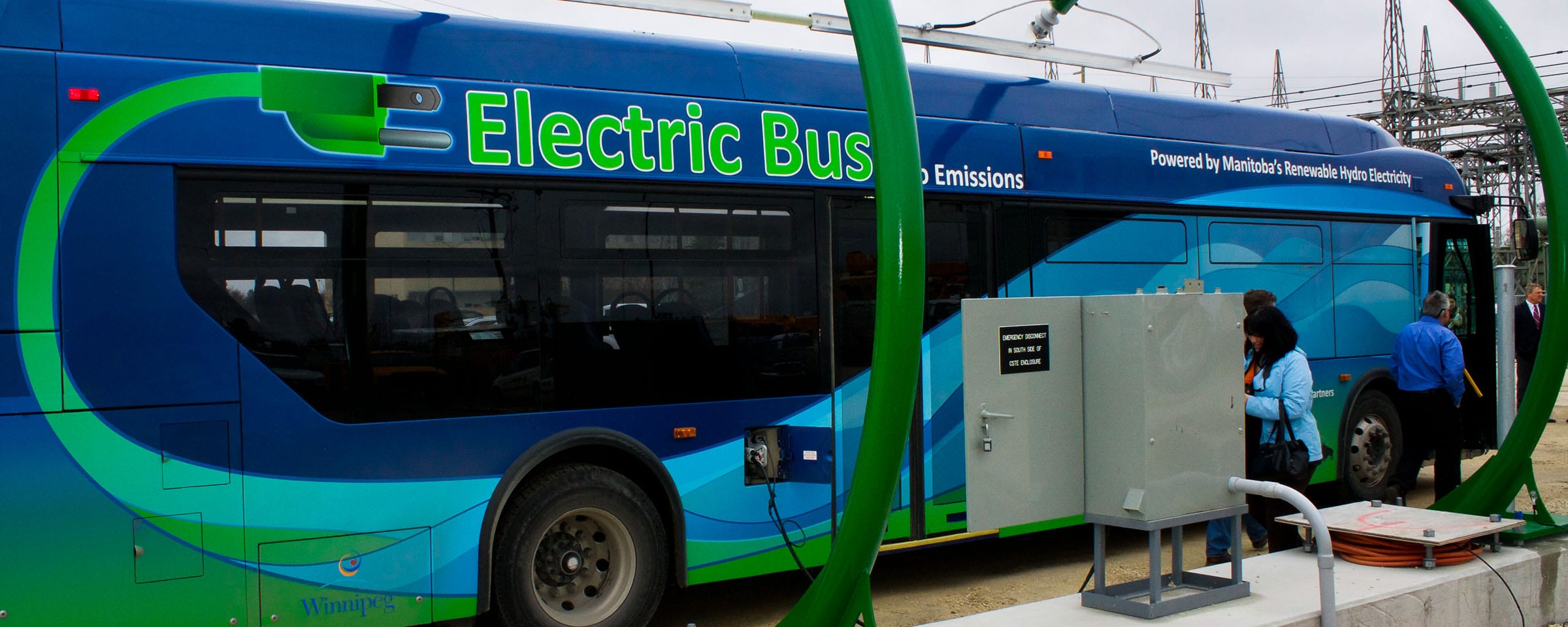
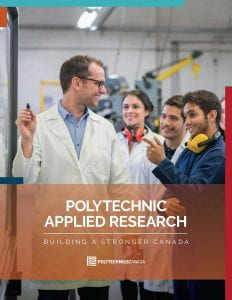
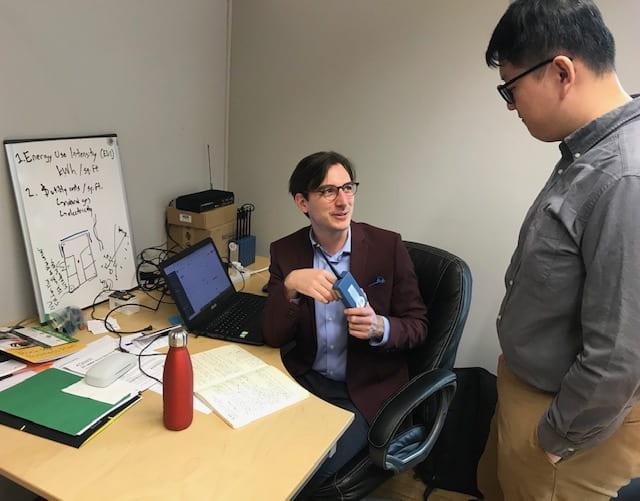
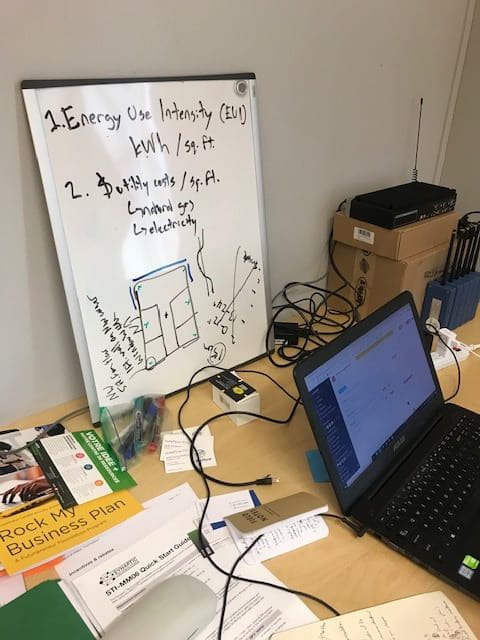
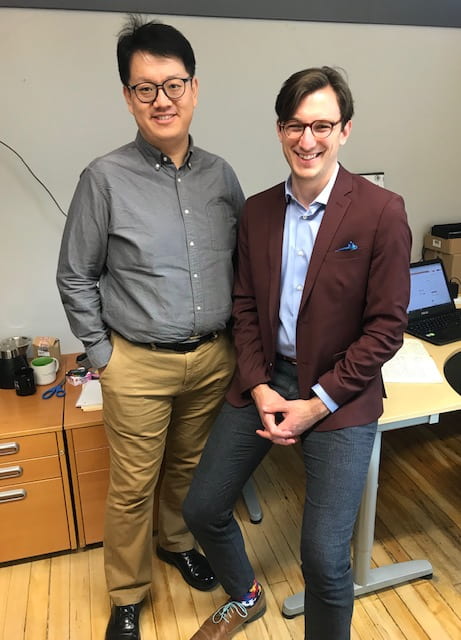

 One of the
One of the  A report compiled by a joint-task force was recently released detailing the electrification of transit and the potential to implement electric transit buses in the City of Winnipeg.
A report compiled by a joint-task force was recently released detailing the electrification of transit and the potential to implement electric transit buses in the City of Winnipeg.  Would a text message from a local coffee shop you visited offering a free coffee get you back in the door? With some help from RRC students from the College’s ACE Project Space in Winnipeg’s Exchange District, a new Winnipeg-based service believes the answer is yes.
Would a text message from a local coffee shop you visited offering a free coffee get you back in the door? With some help from RRC students from the College’s ACE Project Space in Winnipeg’s Exchange District, a new Winnipeg-based service believes the answer is yes. Red River College was cited as an example of how colleges can accelerate innovation in Canada during a Globe & Mail
Red River College was cited as an example of how colleges can accelerate innovation in Canada during a Globe & Mail